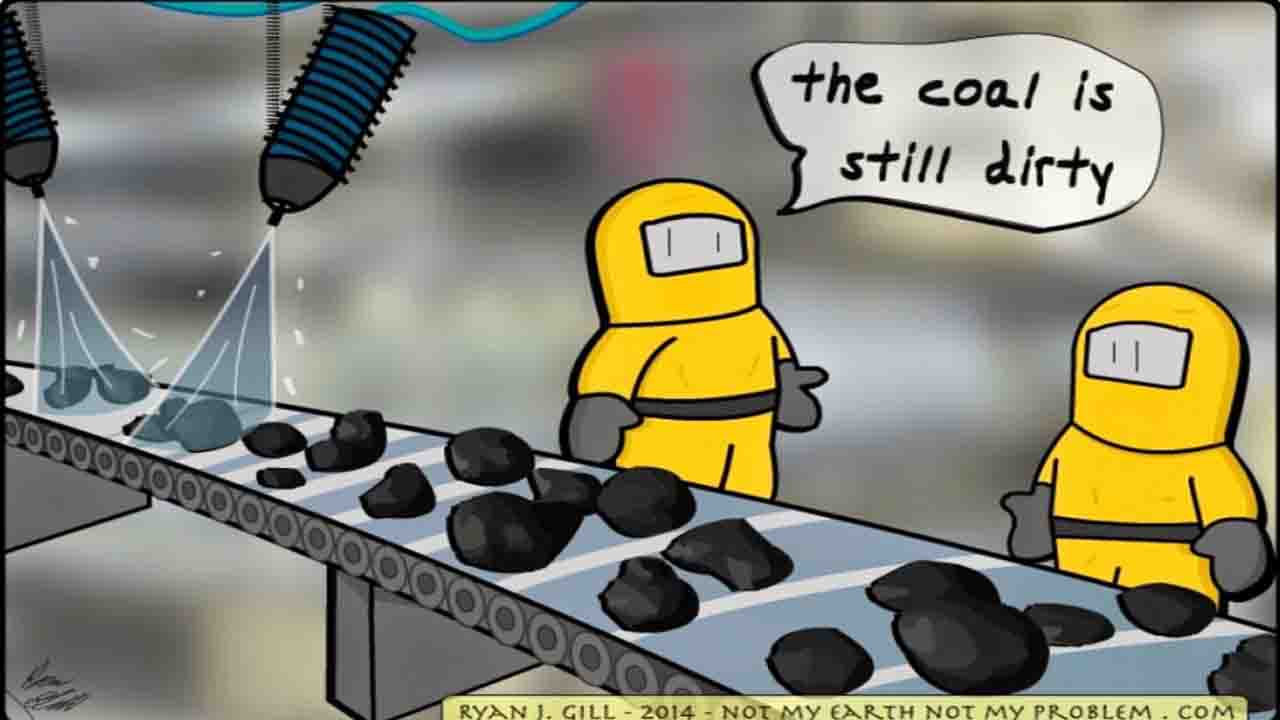Can Fashion Quit the World’s Dirtiest Fossil Fuel? The fashion industry is known for its glamorous façade, but behind the scenes lies a hidden reality: a heavy reliance on coal, the world’s dirtiest fossil fuel. Coal is used to generate the high temperatures needed to dye and treat fabrics, a process known as wet processing. This reliance on coal has a significant environmental impact, contributing to greenhouse gas emissions and air pollution.
In an effort to reduce their environmental footprint, many of fashion’s biggest companies, including H&M and Puma, have committed to eliminating coal from their supply chains by the end of the decade. This is a critical step if the industry is to have any hope of meeting its climate commitments.
However, transitioning away from coal is no easy feat. Coal is a cheap and readily available energy source, and it is deeply ingrained in the industry’s existing infrastructure. Replacing coal-fired boilers with cleaner alternatives, such as renewable energy or biomass, requires significant upfront investment and comes with its own set of challenges.
Despite the challenges, there are several reasons why fashion must move away from coal. First, coal is a major contributor to climate change. The burning of coal releases greenhouse gases, such as carbon dioxide, which trap heat in the atmosphere and contribute to global warming. Second, coal is a major source of air pollution. Coal-fired power plants emit harmful pollutants, such as sulfur dioxide and nitrogen oxides, which can cause respiratory problems and other health problems.
In addition to the environmental benefits, there are also economic benefits to moving away from coal. Renewable energy sources, such as solar and wind power, are becoming increasingly cost-competitive with coal, and they can help to reduce the fashion industry’s reliance on volatile fossil fuel prices.
There are also several ways in which the fashion industry can accelerate its transition away from coal. Companies can work with their suppliers to identify and prioritize coal-free sources of energy. They can also invest in research and development of new technologies that can reduce the industry’s reliance on fossil fuels.
Moving away from coal is not just an environmental imperative; it is also a business opportunity. Consumers are increasingly demanding more sustainable products, and companies that can effectively reduce their environmental impact will be well-positioned to succeed in the future.
The fashion industry has a long way to go to meet its climate commitments, but eliminating coal from its supply chain is a critical first step. By working together, companies, suppliers, and consumers can create a more sustainable future for fashion.








